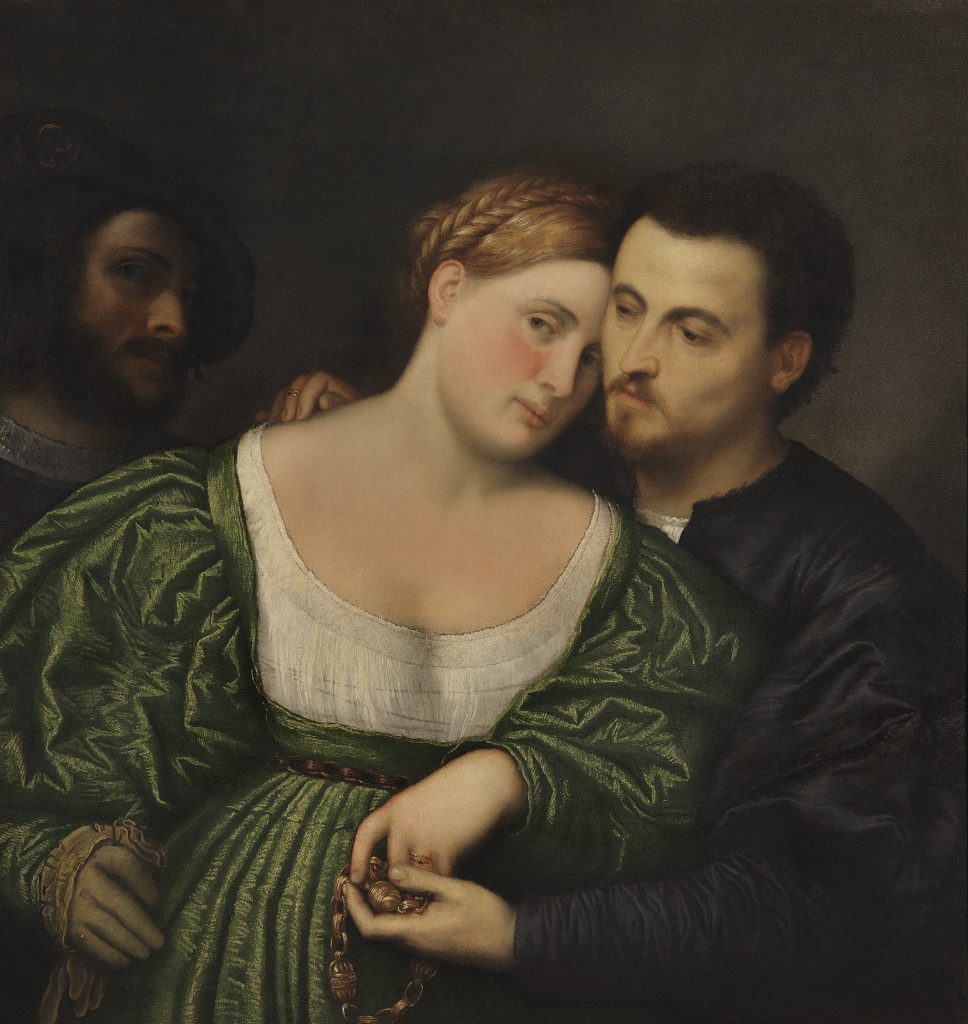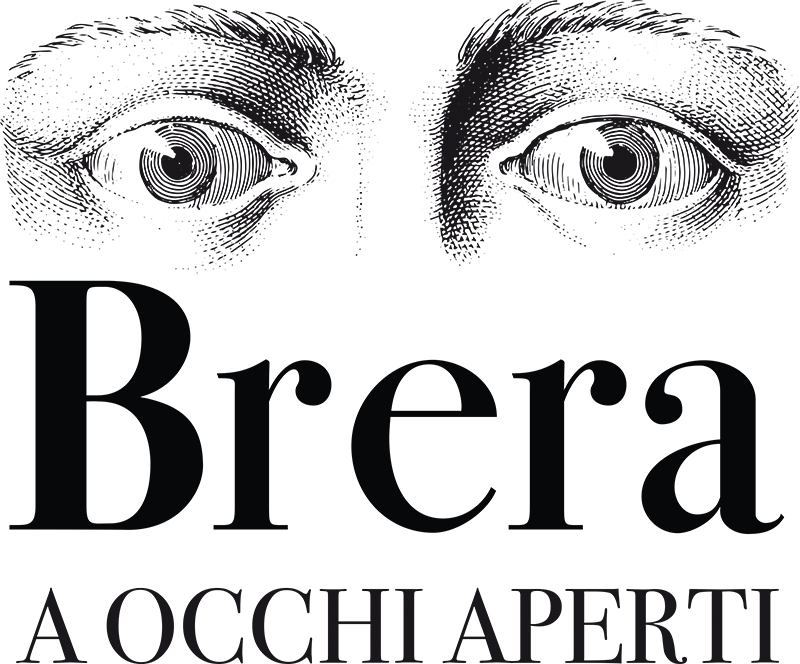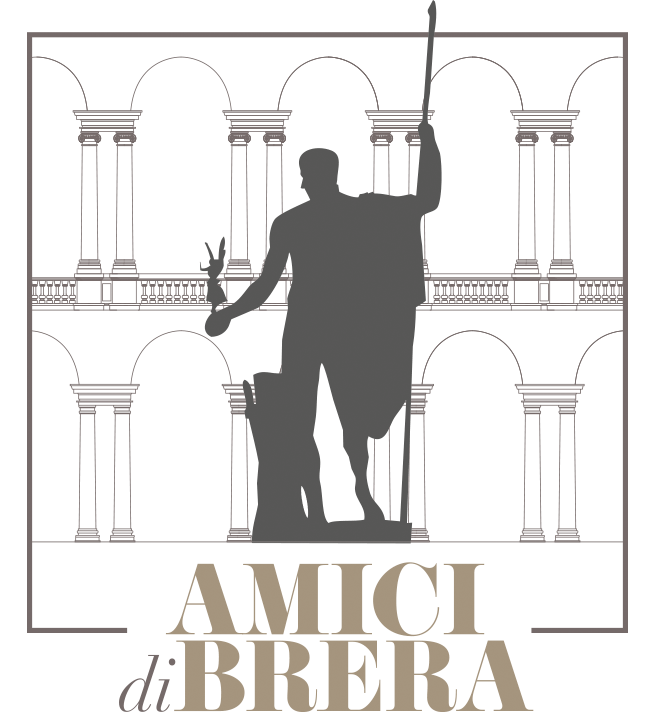PARIS BORDON
(Treviso, 5 luglio 1500 – Venezia, 19 gennaio 1571)
The Lovers
1525-30
Oil on canvas
80.5×86 cm

PAINTING
In this painting we can observe a combination of themes inspired by Titian, visible in the woman’s features, and echoes of Giorgione, such as the rapt, sensual attitude of the subjects, aware of the viewer’s gaze, and the emotional tension, apparently contradicted by the unexpected male figure in the background.
Whether an actual portrait or an allegory, this work probably depicts the core moment of the wedding pact according to 16th century custom: the third figure is, in fact, the “compare d’anello,” a witness to the agreement necessary to make the marriage valid.
Paris Bordon is scrupulous in his rendering of clothing and jewellery, for which he skilfully uses bright, cold colours that immediately reveal his talent as an experienced colourist: the refined emerald green dress with full sleeves, the deep neckline partially veiled by a white blouse, the shade of the woman’s gloves, the fine fur trim on the man’s garment, and finally the gold of her ring and belt, as well as the necklace held by both lovers.
BIOGRAPHY
Paris Paschalinus Bordon, or Paride Bordone, was born in Treviso. At an early age he moved to Venice, where he became Titian’s apprentice.
His best-known masterpiece is The Presentation of the Ring to the Doge of Venice, produced for the Scuola di San Marco, which depicts the miraculous event by which Venice was saved known as the “legend of the fisherman.” Described as a “divine painter” by the historiographer Marco Boschini, a term the scholar otherwise applied only to Raphael and Titian, he also excelled in the production of smaller works for private commissions, from his early portraits reminiscent of Palma Vecchio and Titian, to pieces imbued with a more refined mannerism of international scope. He worked for Francis I of France and for the Fuggers, the powerful banker family from Augsburg.
He also produced a number of female portraits, which often depicted courtesans portrayed as mythological deities to evoke an ideal, transfigured, and distant beauty.

